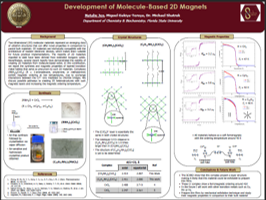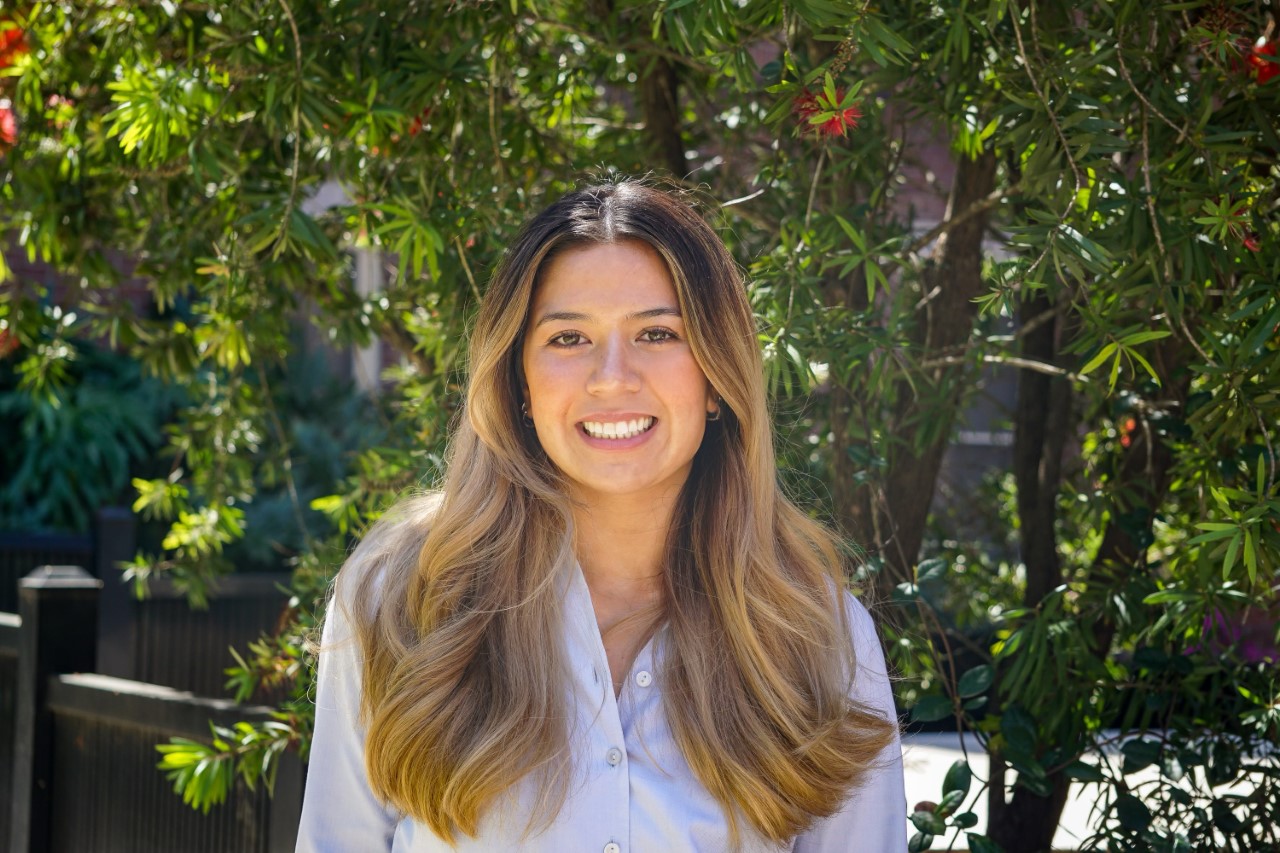President's Showcase
Natalie Jen She/Her/Hers
Supervising Professor: Dr. Michael Shatruk
Natalie Jen is a senior pursuing a bachelor's degree in Biological Science with a minor in Chemistry. Her project focuses on exploring properties of 2D molecular magnetics. Magnetic materials are rather interesting in that their application can diversify and improve upon the current market state of molecular devices. She was initially inspired by Dr. Michael Shatruk to explore magnetic material sciences three years ago. Her hard work has been recognized for the 2022 American Chemical Society (ACS) Undergraduate Award in Inorganic Chemistry along with a presentation of her work at the Florida Annual Meeting and Exposition (FAME) conference this past August. Post-graduation she plans to pursue a Ph.D. in Chemistry and continue her work in molecular magnetism.
Abstract
Two-dimensional (2D) molecular materials represent an emerging class of ultra-thin structures that offer novel properties in comparison to parent bulk materials. 2D materials are intrinsically compatible with modern electronic devices, which makes them suitable for future practical implementations. The majority of 2D materials are derived from extended inorganic solids. The difficult part of synthesizing these exfoliable molecular materials is their structure in keeping van der Waals interactions between layers and a strong coordination between Cr and Cl in the layers. To counteract this challenge, I focused on molecular perovskites types, including CrCl4(X)2. X=1-aminodecane, amylamine, and methylamine. These molecules crystalize in layer structure, separated by the amine. Chromium exhibits Jahn-Teller distortion that allow for an ideal overlap between molecular orbitals of the chlorine and chromium. This will increase the magnetic ordering temperature. These three complexes show relatively high Tc = 48. Those complexes show a narrow hysteresis that classify these materials as soft magnetics. I hypothesize that the van der Waal interactions stay consistently weak, allow for exfoliation into a thin film with the possibility to change properties, and grant application in molecular devices.
Presentation Materials

Project Documents and Links
https://www.acs.org/content/acs/en/funding/awards/acs-award-in-inorganic-chemistry.html



